A walnut slope shoulder dread in for a new bone nut, saddle and bridge pins. The player had attempted to remove the original finished-in nut himself and ended up damaging the finish so we opted to touch up around the nut. The guitar was also amplified with a K&K Pure Mini installation on the bridge plate.
Viewing entries tagged
bone saddle
An interesting dreadnought cutaway in for a new bone nut and saddle. All of the braces are made of carbon fiber. Even the neck block is carbon fiber! The neck is a bolt-on and one of the inserts split the stacked heel and needed to be repaired. This guitar got two spots on the vlog - one video on the saddle and another on the nut.
New bone saddle :: Art & Lutherie Cedar CW [4.8 lbs]
The old worn soft synthetic saddle on this cedar topped dread was replaced with a new one carved from hard unbleached bone.
New saddle on an overset neck :: Washburn WD20SCE [5.0 lbs]
This dreadnought cutaway came in with buzzy, super low action. Normally I can just shim up the saddle to correct this (and save the customer a little money) but this wouldn't work in this situation. The original saddle was already shimmed and poorly fit in the bridge (ie. loose). Adding a shim that this needed would have not held as the high neck angle required a very tall saddle and would have broken the shim right off (think how you break a Kit Kat bar). The only solution was making a new saddle. This neck angle is so high that it just about maxed out the bone saddle blanks I have in stock. Usually you like to see about 3/16" of saddle exposure above the bridge. This one has about 9/32" (+ 3/32")!
2004 Takamine AN10 [4.5 lbs] :: new bone split saddles.
Let's start by saying I am not a big fan of split saddles or pin-less bridges (on a steel string). They do look cool, but this combination makes setups take a little longer and pin-less bridges on steel string guitars always seem to fail faster. Pin-less bridge designs are asking the glue joint alone to bear the weight of roughly 180 lbs of shear force from string tension. Traditional pinned bridges allow the top to help relieve some of that tension from the glue joint. As you can see from the photo, the two black dots on the rear of the bridge conceal bolts that many production manufacturers use to help keep the bridge on (but still fail eventually). The bolts help locate the bridge during glue-up and also prevent catastrophic failure*.
This bridge has a slight gap forming behind the bridge, but nothing serious at the moment. Ideally it should have been removed and re-glued but I wanted to keep this in budget. It may have to visit the bench again in the future. All in all, this guitar sounds great for a production dreadnought.
*Speaking of catastrophic failure, I was at a guitar show years ago. While everyone was setting up in the morning getting ready for the public, someone's classical bridge let go and the bridge came flying off of the guitar. Wow, it was a gut-wrenching sound that made me feel for the builder.


![Bone nut, saddle & pins; K&K Pure Mini pickup :: 2015 Gibson J-15 [4.5 lbs]](https://images.squarespace-cdn.com/content/v1/53dfcee2e4b0c0da377c65c7/1454115328864-H3AD2LSC5XYRGJDHB8C2/image-asset.jpeg)

![New bone nut & saddle :: 2003 Garrison G40-CE [5.5 lbs]](https://images.squarespace-cdn.com/content/v1/53dfcee2e4b0c0da377c65c7/1446562365470-86MF8M2X64EKX0HATBCU/image-asset.jpeg)
![New bone saddle :: Art & Lutherie Cedar CW [4.8 lbs]](https://images.squarespace-cdn.com/content/v1/53dfcee2e4b0c0da377c65c7/1436202677204-T8D1TJBDWCR0QWQOJDBC/image-asset.jpeg)
![New saddle on an overset neck :: Washburn WD20SCE [5.0 lbs]](https://images.squarespace-cdn.com/content/v1/53dfcee2e4b0c0da377c65c7/1430978073608-1WT2336PMR3OLNXK6F2K/image-asset.jpeg)